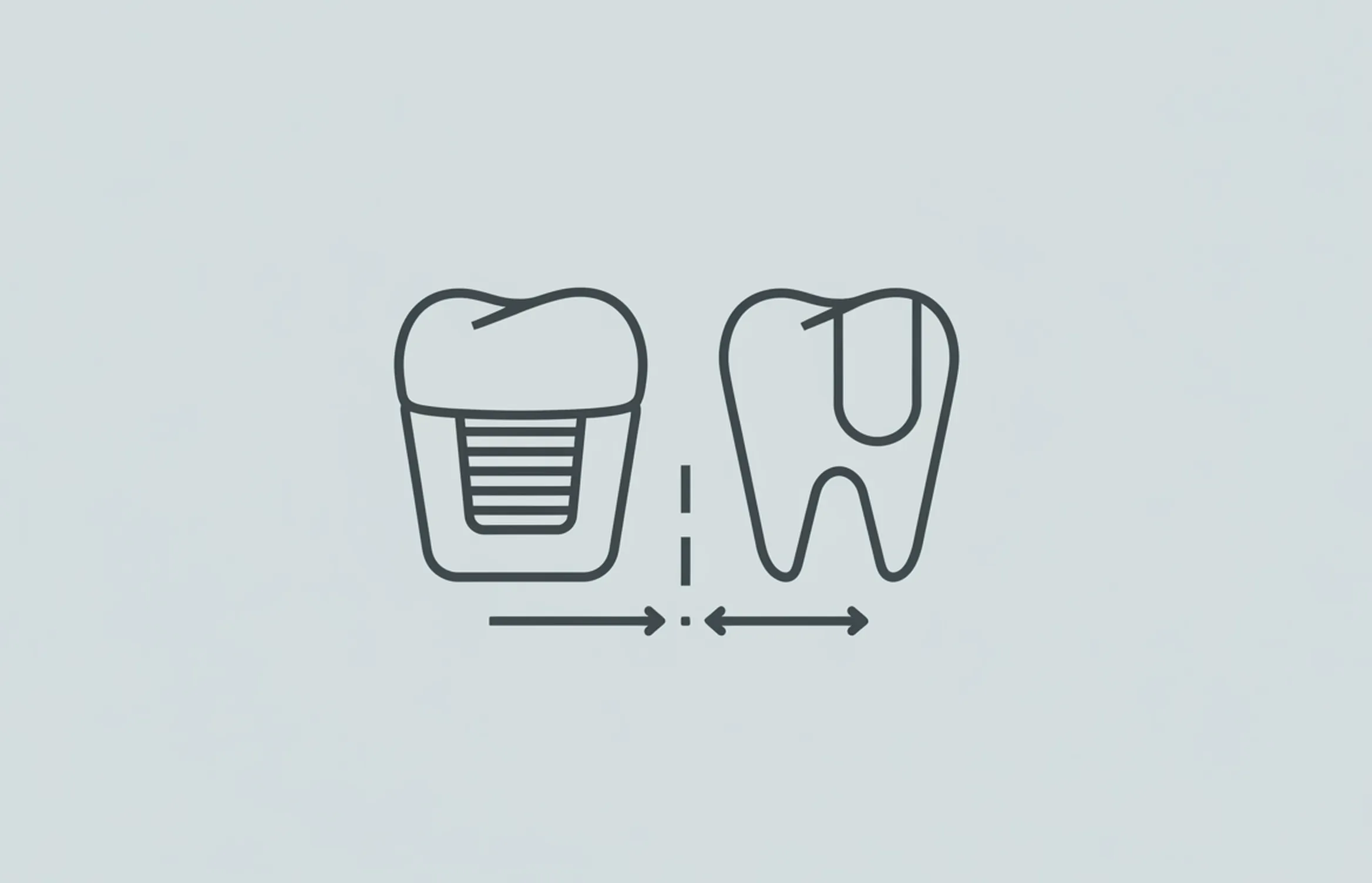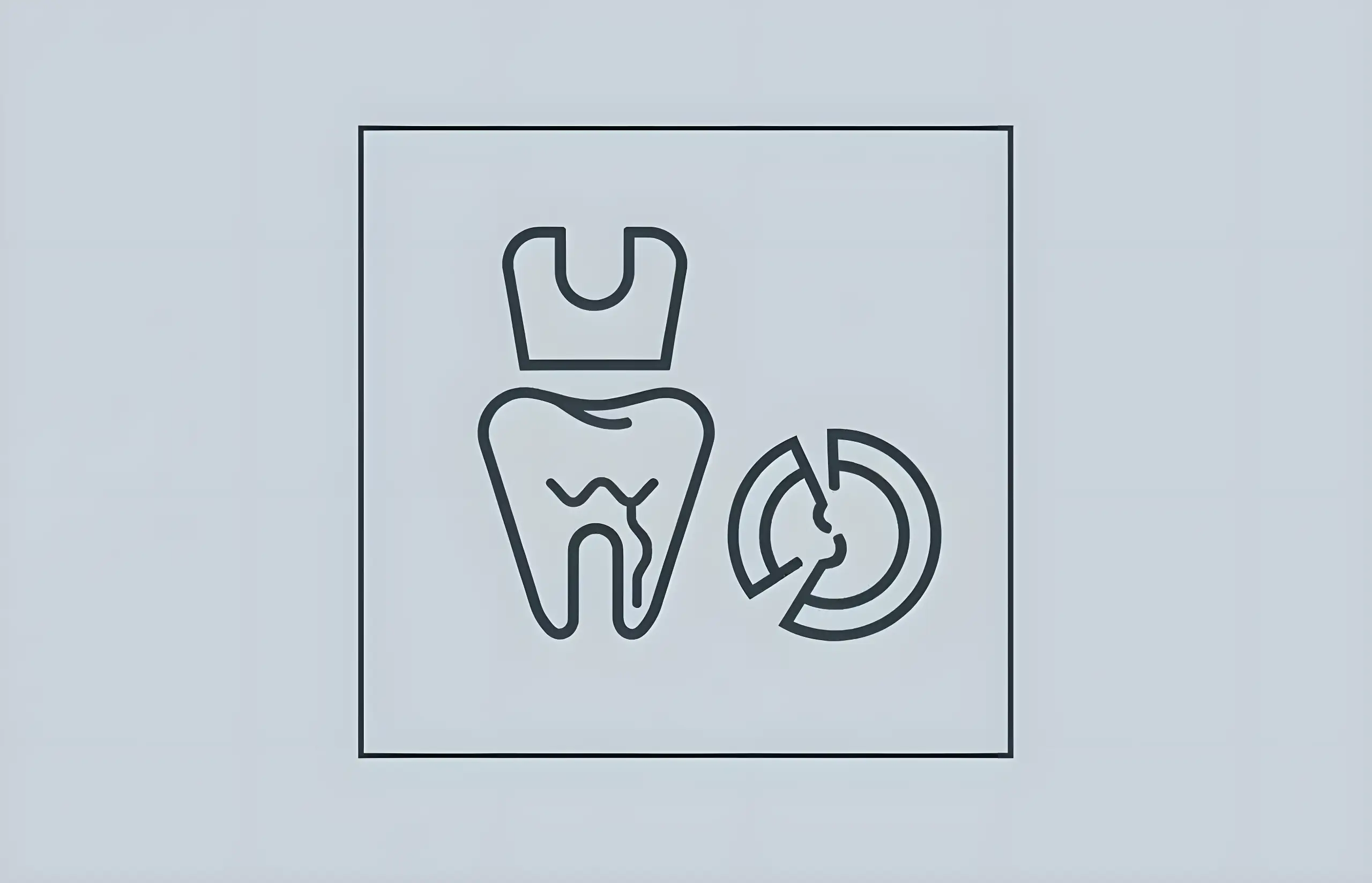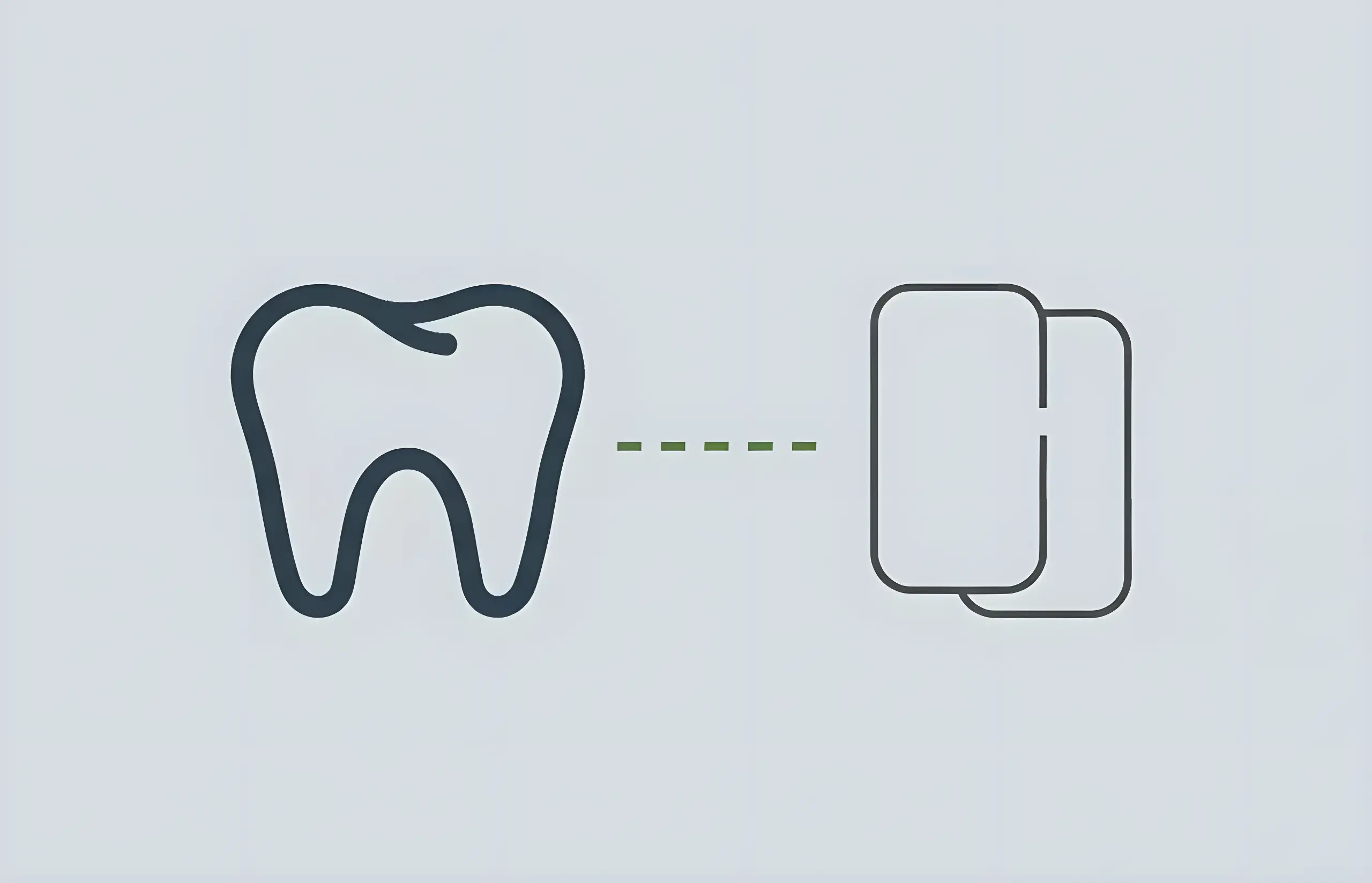If your teeth are only suffering minor damage, then your dental professional has a few options as to what can be used to correct them. For teeth that do not need replacement but do need some dental work done, veneers and dental crowns are both good options.
Now there are cases where one is the more obvious choice over the other, but typically, the two are going to be relatively interchangeable.
What Are Veneers and Crowns
Before we discuss the instances where one should be used over another, it is important to understand what they are.
A dental crown is a cap or artificial piece of a tooth placed over the existing tooth. It typically sits on top of the current tooth, and when placed properly, it can be nearly impossible to tell that it is there. Crowns use some support from the surrounding teeth to help hold them in place and keep them secure. They can be made from any number of materials, including metal, ceramic and a few other less common choices.
A veneer is a thin ceramic shell placed in front of the tooth. It is basically a front for the original tooth, and even though it is very thin, it is unlikely to break or need replacement for years if it is well taken care of.
When to use One or the Other
If the damage is very minor, such as minor chipping or simple discolouration, a veneer is the best choice. It is cheaper and easier to place, and it can often look more natural than a crown. A veneer cannot reproduce the effectiveness of an entire tooth, so it really should be only used for small problems.
For much larger problems, such as if half the tooth is missing or if the tooth has a severe crack, a crown is a better choice. It can more closely mimic the effects of an actual tooth. It is also able to better deal with very hard food or tooth grinding. In fact, for any patients who have bruxism (habitually grind their teeth) dental experts will always recommend crowns over veneers. The veneers simply cannot stand up to the force of continual grinding.
If there isn't much enamel on the tooth, then a crown may be used as well. The veneer needs enamel support to be able to work the way it is supposed to. Without that enamel there, the dentist will be forced to go with a crown.
If the damage to the tooth is too severe, the dentist may suggest that the entire tooth be replaced, often recommending a dental implant, bridge or denture. If the tooth can still be saved, then either a veneer or a dental crown can be a viable option.
Sometimes these procedures will be covered by standard dental insurance. Each patient will need to check with their insurance to see if the procedure is covered. Often, more extensive coverage will need to be purchased in order to cover such procedures which are often not considered medically necessary.
Sources and References
-
[1]
Survival Rates for Porcelain Laminate Veneers: A Systematic ReviewEuropean Journal of Dentistryhttps://pmc.ncbi.nlm.nih.gov/articles/PMC8184312/
-
[2]
Retrospective clinical study of tooth‐supported single crowns: A multifactor analysisEuropean Journal of Oral Scienceshttps://pmc.ncbi.nlm.nih.gov/articles/PMC9546353/
-
[3]
The Success of Dental Veneers According To Preparation Design and Material TypeThe Open Dentistry Journalhttps://pmc.ncbi.nlm.nih.gov/articles/PMC6311473/
-
[4]
A systematic review and meta analysis of the longevity of anterior and posterior all-ceramic crownsJournal of Dentistryhttps://pubmed.ncbi.nlm.nih.gov/27594093/
All sources accessed and verified on . Medical information reviewed for accuracy and compliance with current guidelines.
Related Articles

Capped Teeth vs Veneers
Comparing dental crowns (caps) and veneers to help you choose the best cosmetic restoration for your smile based on tooth condition, treatment goals, and longevity

Composite Veneers vs Porcelain Veneers
Comprehensive comparison of composite and porcelain veneers including costs, longevity, aesthetic results, treatment procedures, and which option is best for your smile transformation

Dental Crowns – Costs & Information
Comprehensive guide to dental crowns including types (metal, porcelain, ceramic, zirconia), procedure steps, survival rates, longevity studies, costs in the UK, and comparison of materials

Root Canal and Crown – Costs & Information
Learn about root canal treatment and crown placement including procedure details, benefits, survival rates, and costs in the UK

Different Types of Veneers
Comprehensive guide to veneer types including porcelain, composite, instant, and removable veneers with survival rates, costs, pros and cons, and how to choose the right option

Can You Put Veneers Over Crowns?
Comprehensive guide to placing veneers over crowns, why it's generally not recommended, bonding challenges, crown survival rates, and alternative treatment options
About The Dental Guide
The Dental Guide is a trusted online resource providing evidence-based information about dental health, treatments, and procedures. Our content is created and reviewed by qualified dental professionals to help you make informed decisions about your oral health.
Our Mission
- Evidence-based dental information
- Expert-reviewed content
- Clear, accessible explanations
- Latest treatment options
- Patient-focused guidance
Editorial Standards
- GDC-registered dental professionals
- Peer-reviewed sources
- Regular content updates
- Medical accuracy verification
- Transparent authorship
Important Notice
The information on The Dental Guide is for educational purposes only and should not replace professional dental advice. Always consult with a qualified dentist for diagnosis and treatment recommendations tailored to your individual needs and circumstances.
Medically Reviewed
Reviewed by Dr. Nasim Mechoui , BDS (Bristol)
Share this article
Comments & Discussion
Have questions about dental implants? Share your thoughts or experiences.
